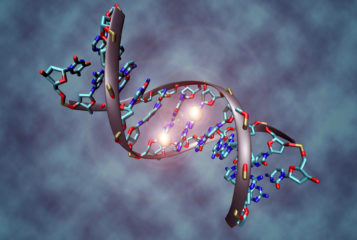Embryo mishandling not malpractice but negligence, says New York court
A New York appeals court has concluded that the accidental destruction of embryos in storage is negligence and not medical malpractice...
Dr Laura Riggall is a Volunteer Writer at BioNews, having originally joined the publication under the auspices of its writing scheme. She has obtained a PhD in Medical Imaging (Neuroscience) at University College London’s EPSRC CDT and the Francis Crick Institute. Her research focused on using magnetic resonance imaging (MRI) techniques to investigate different metabolites in the brain to develop new biomarkers of Huntington’s disease. Previously, she obtained an MRes in Experimental Neuroscience from Imperial College London, and a BSc (Hons) in Medical Sciences (Industrial) from the University of Leeds, which included a placement year at GSK. She has now embarked on a career in intellectual property law and is currently a trainee patent attorney at Dehns, London.

A New York appeals court has concluded that the accidental destruction of embryos in storage is negligence and not medical malpractice...

The three-dimensional structure of the X chromosome and how it is silenced in female cells has been demonstrated by a new computational method...

An international study has identified a unique pair of gene variants that can cause the sudden onset of high blood pressure in pregnant women...

In-body CRISPR-Cas9 genome editing could offer an effective treatment for a rare, life-threatening genetic condition...

Motile cilia are needed to transport ovulated eggs in the fallopian tube, according to new research...
Researchers have developed two predictive models that can be used to predict the age of natural menopause in middle-aged women...

The human placenta has a genetic structure resembling that of a tumour and has many of the gene mutations found in childhood cancers, according to scientists...

Circadian rhythms rely on more than just 'clock genes' to produce proteins crucial in controlling the daily sleep/wake cycles of biological organisms, according to new research...
A baby girl has been born from a record-breaking 27-year-old frozen embryo...

A new screening technique using human tissue has identified previously unknown genes that cause microcephaly...
BioNews, published by the Progress Educational Trust (PET), provides news and comment on genetics, assisted conception, embryo/stem cell research and related areas.

